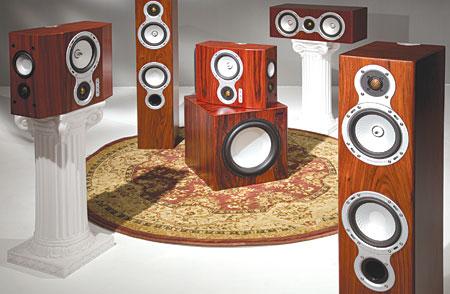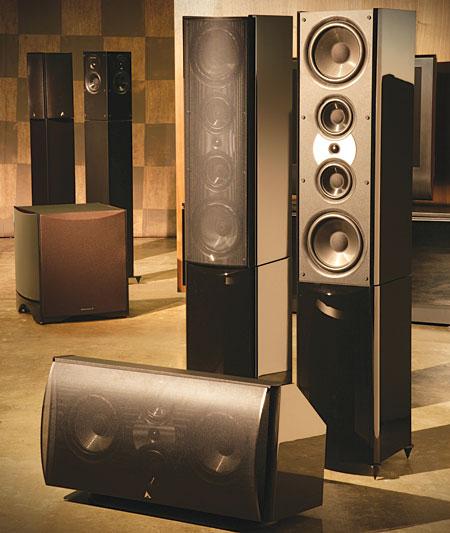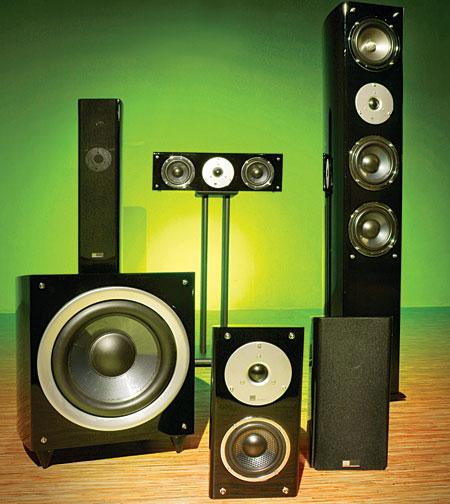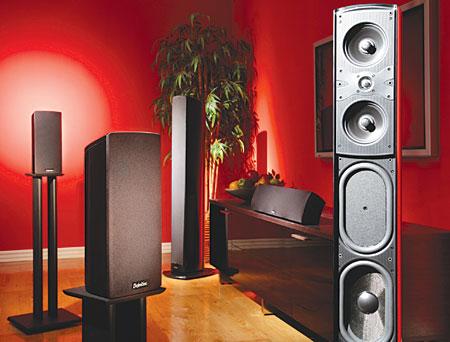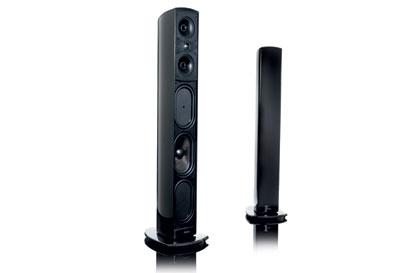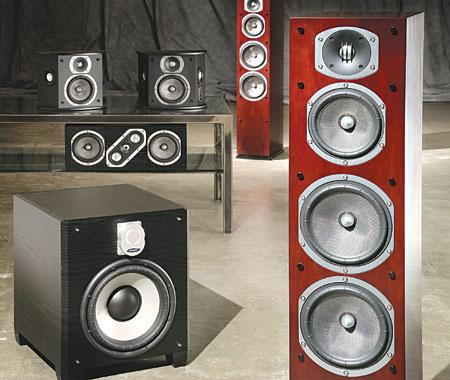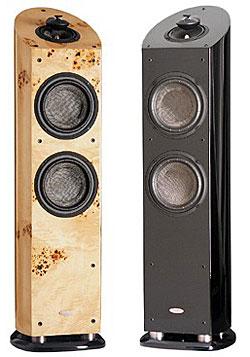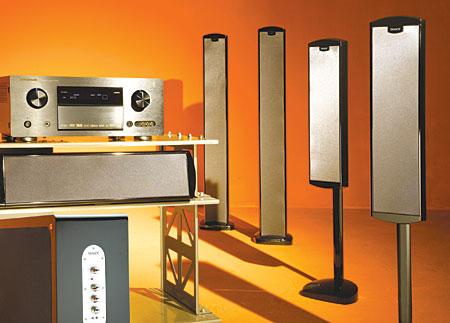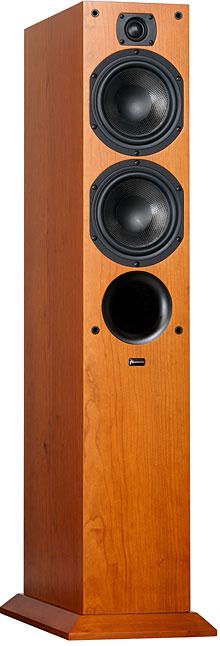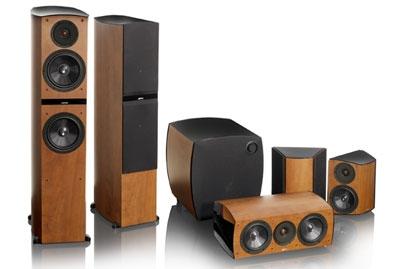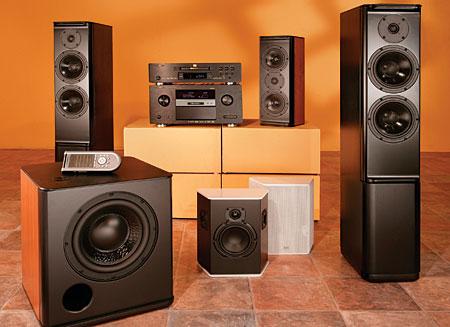Tower Speaker Reviews
Sort By: Post Date TitlePublish Date
|
Sep 03, 2007 |
First Published: Aug 03, 2007
|
Aug 05, 2007
|
Jul 30, 2007
|
Jul 16, 2007 |
First Published: Jun 16, 2007
|
Jul 02, 2007 |
First Published: Jun 02, 2007
|
Jul 02, 2007 |
First Published: Jun 02, 2007
|
Jul 01, 2007
|
Jun 11, 2007 |
First Published: May 11, 2007
|
Jun 04, 2007 |
First Published: May 04, 2007
|
May 27, 2007
|
May 13, 2007
|
May 04, 2007
|
Apr 23, 2007 |
First Published: Mar 23, 2007
